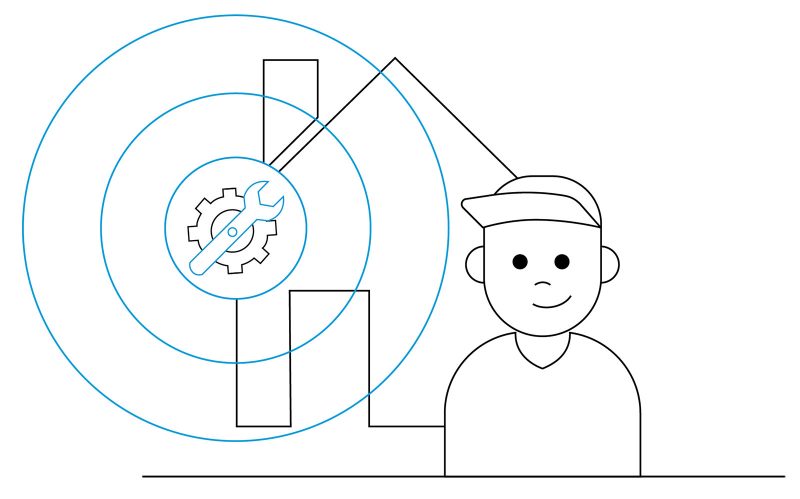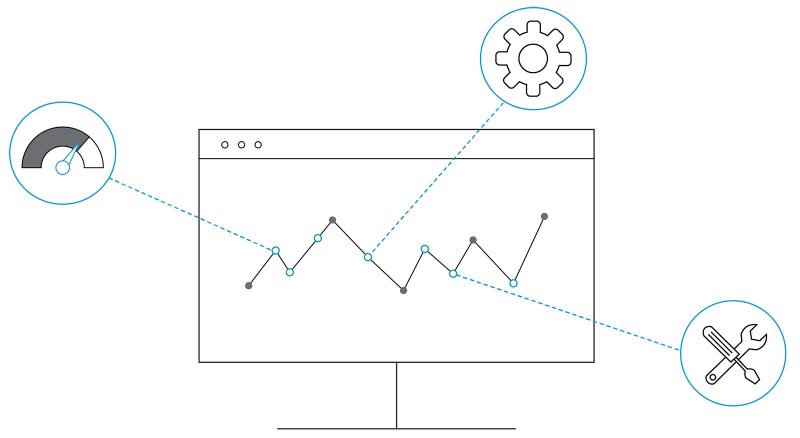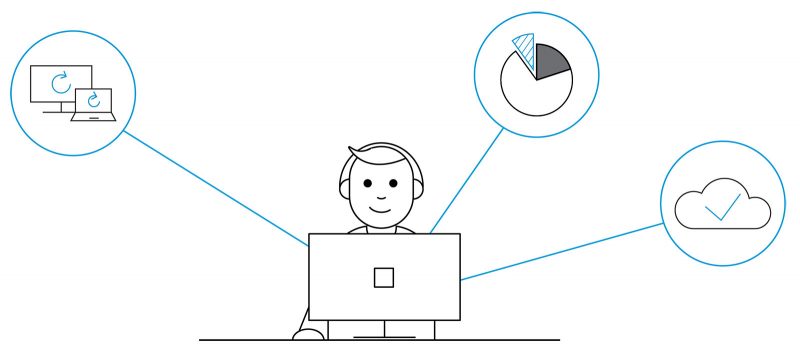When considering what consumers expect from their WiFi, the answer is relatively simple. Consumers want WiFi that is fast and reliable. While that doesn’t seem like much to ask for, in the increasingly complex world of home WiFi, there are a lot of elements that influence WiFi performance that could negatively or positively impact consumers. Understanding in-home WiFi starts with knowledge. The more consumers know about their home WiFi, the more likely they are to partner with their service providers to improve their WiFi experience. When subscribers take an active interest in improving their WiFi performance, service providers can act by providing the tools to achieve their shared goal of fast and reliable WiFi.

Changes in Home Networking
The gears of home networking are turning fast. New evolutions of WiFi technology come with an array of benefits. WiFi 6, for example, has been the buzzword for the better part of a year now. As WiFi devices shift to the new WiFi 6 standard, consumers can expect faster, more efficient WiFi. The shift to WiFi 6 drives IoT demand as more devices than ever can be connected to the home network without compromising performance. Data from Parks Associates shows that 71% of US broadband households own a connected entertainment device. Having multiple IoT devices in a single household is also becoming more common as 60% of consumers surveyed reported having more than one smart home or connected entertainment device. Consumers are readily embracing connected devices that improve their lives. The performance of IoT devices hinges on WiFi performance. The demand on the home WiFi network is growing, challenging service providers to grow their service offerings to meet the changing needs.
More consumers are becoming connected to their home environments. WiFi is interwoven into almost every element of everyday life. According to Parks Associates, 9 out of 10 smart home device owners have opted to either set up their devices themselves or had a friend or family member help them set up their devices. The number of consumers interested in DIY-ing their home networks are increasing. This can be attributed to two things: a consumer base that is more knowledgeable about new technologies and manufacturers making the installation process more intuitive. In both cases, IoT owners are likely to experience some type of connectivity problem. Parks Associates fount that about 33% of people who set up their devices themselves experienced problems. 14% of those problems involved connecting the device to WiFi. Even after device set up, 32% of those surveyed experienced loss of WiFi connectivity and 16% reported poor device performance. IoT device adoption and WiFi evolution always includes some growing pains. Service providers are in the unique position to not only ease subscribers into new WiFi technologies, but support their evolving WiFi performance needs as they adopt more IoT devices.

Creating an Interactive WiFi Experience
Service providers play an integral role in their subscriber’s WiFi experience. When a subscriber is experiencing WiFi related connectivity problems, they expect their service providers to have all the answers. However, with the rise in consumers who are more inclined to maintain their WiFi network themselves, service providers have the opportunity to implement managed WiFi as a value-added service. Managed WiFi is a system that allows subscribers and service providers to view, manage and troubleshoot a home’s WiFi network. Managed WiFi includes features that benefit subscribers and service providers.
Managed WiFi features for subscribers include:
- Self-service dashboard – From the self-service dashboard, subscribers can monitor and manage their entire WiFi network. This includes managing the devices connected to the network and reviewing the overall health of the network and network components. With network current and historic network health data, subscribers can learn more about their WiFi network and their connectivity habits.
- Troubleshooting tools – Advanced troubleshooting tools allow subscribers to resolve basic network connectivity issues themselves. Some managed WiFi platforms, like Optim, will even prompt the subscriber via the dashboard if there is a problem detected and recommend a solution. Parks Associates found that only 47% of US broadband households that called for technical support services were very satisfied with the efficiency of the resolution. When subscribers can resolve basic network connectivity issues themselves, they can skip the technical support call and get back to streaming quickly.
- WiFi optimization – Optimized WiFi is essential for device performance. Managed WiFi includes tools to optimize WiFi performance, such as automatic band steering and self-healing technology. These automation tools often resolve any potential network misconfigurations or malfunctions before the subscriber is aware there was a problem. Home network self-healing solutions have successfully reduced incoming calls to call centers by 15-30%.

Service providers require vastly different tools from a managed WiFi platform. While subscribers are heavily invested in the over all performance of their specific network, service providers are responsible for maintaining their entire subscriber network. The vast amount of data from subscriber networks requires a managed WiFi solution that utilizes big data analytics and machine learning to help process all the data coming from subscriber networks. Service providers that implement a managed WiFi solution can utilize the following features:
- Hardware agnostic – Adopting new WiFi hardware while managing existing legacy CPEs is a challenge that most service providers are facing, especially as we shift away from WiFi 5 and lean into WiFi 6. Rather than rolling out new hardware with each shift in technology, service providers can implement a managed WiFi system that allows deployment across all CPEs in the service provider’s network.
- Cloud-based solutions – Cloud-based managed WiFi solutions offer greater flexibility for both subscribers and service providers. Optim’s cloud-based platform is easily scalable, accounting for future growth and enabling service providers to efficiently deploy applications and service updates to subscribers through online and offline remote configuration.
- Real-time data reporting – WiFi networks produce large quantities of data. Managed WiFi solutions use big data analytics to deploy automation across the network and produce comprehensive insights into network issues and service opportunities.
- Remote technical support – Call centers are constantly responding to subscriber questions and concerns about their WiFi service. The subscriber-facing troubleshooting tools greatly reduce the need for technical support. When a subscriber does need additional support, Optim’s service technician dashboard improves the visibility of the network. By using real-time and historical network data, technicians can efficiently identify and remotely resolve WiFi issues, resulting in reduced support costs and improved customer satisfaction.
Managed WiFi is a holistic solution designed to improve subscriber engagement with their WiFi network and enable service providers to quickly adopt and deploy new evolutions of WiFi technology to their subscribers. The proactive approach vastly improves subscriber satisfaction ratings while simultaneously reducing service provider call center costs. Service providers that are equipped with advanced data tools can capture valuable subscriber insights to develop future products and services, ultimately securing a successful WiFi future.
Learn more about how Optim can improve your subscriber’s WiFi experience by contacting us today.
